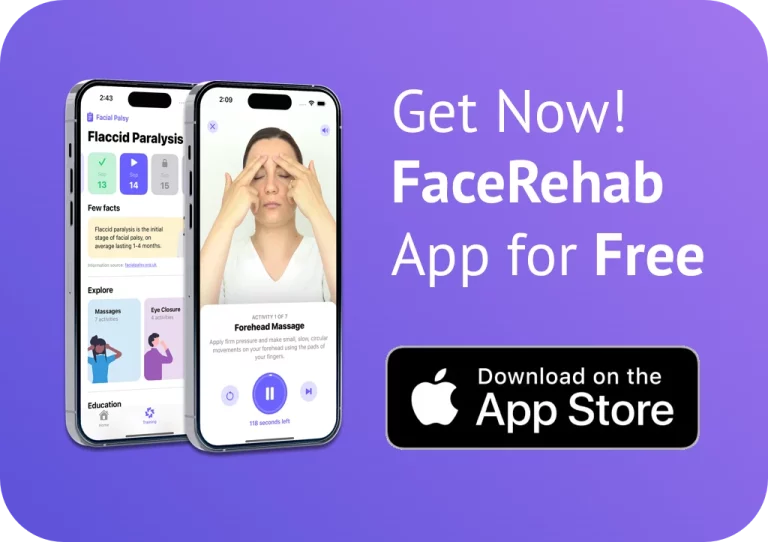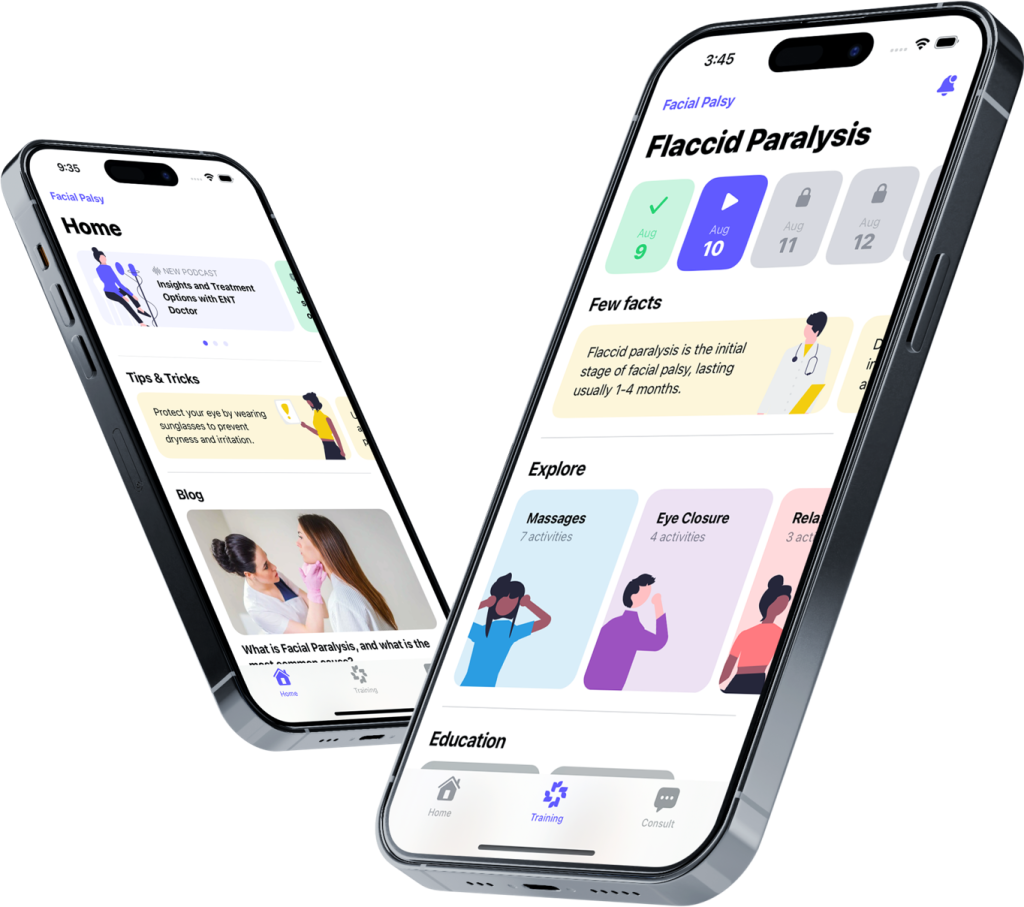Facial palsy’s flaccid paralysis stage presents distinct symptoms that individuals should recognize to identify this phase accurately. These symptoms encompass various facial muscle impairments and sensory disturbances, as elucidated by an expert at Facial Therapy Specialists International (FTSI).
Recognizing Common Symptoms
During the flaccid paralysis stage, several prevalent signs manifest. These include the cessation of facial muscle function or the muscles of facial expression, leading to the inability to perform essential facial movements such as raising eyebrows, closing eyes, smiling, or puckering lips—a hallmark of typical facial palsy cases.
In instances of lower motor neurone facial palsy, where the facial nerve sustains damage after leaving the brain, all facial muscles on the affected side become paralyzed, resulting in diminished muscle tone. This condition leads to noticeable drooping on the affected side of the face, especially in older individuals.
Other indicative symptoms include the inability to close the affected eye, causing widened appearance, drooping corner of the mouth, and potential nostril breathing difficulties due to inward drooping. Patients may also experience dryness in the eyes and mouth, altered taste sensations, and auditory disturbances like heightened sensitivity to sound or tinnitus.
Impact on Sensory Functions
Beyond its role in controlling facial muscles, the facial nerve influences tear and saliva production and sensory perceptions. Patients might experience dry or excessively watery eyes, mouth dryness, altered taste perceptions, and auditory disturbances due to the nerve’s multifaceted role.
Implications for Diagnosis and Treatment
Recognizing these diverse symptoms aids healthcare professionals in accurately diagnosing and managing flaccid paralysis in facial palsy. It helps differentiate lower motor neurone facial palsy from other conditions, guiding appropriate treatment strategies and enhancing patient care.
In summary, awareness of these common symptoms associated with flaccid paralysis in facial palsy is pivotal for timely diagnosis and effective management. These signs empower both individuals and healthcare providers to initiate appropriate interventions, ensuring optimal care for affected individuals.
For further guidance and support, individuals can access resources like the Bell’s Palsy & Facial Paralysis by FaceRehab support group on Facebook or the FaceRehab Therapies World mobile application. These platforms use a questionnaire to assess the facial palsy stage and provide an approved rehabilitation plan by FTSI. Moreover, specialized professionals are available on the platform for expert consultations.
Source: Catriona Neville, Chair of Facial Therapy Specialists International (FTSI) & Facial Palsy Road To Recovery Podcast








